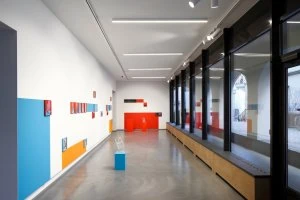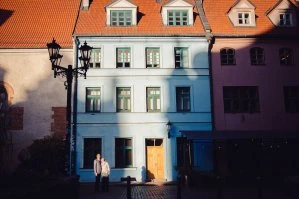It's not really a secret to anyone that Latvians have a special relationship with cemeteries and the culture of cemeteries, not to mention one of the most visited events in the country - Cemetery Festival.
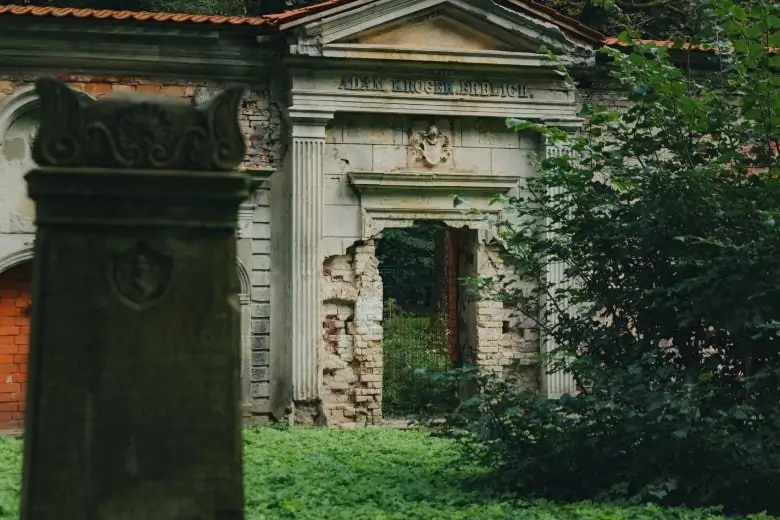
Great Cemetery
As the name suggests, the Great Cemetery is really huge, covering an area of 22 hectares, and is a favorite place for walks and sports activities of local Riga residents. This ensemble of parks is an architectural monument of national importance with a significant history and memorial pieces. The Great Cemetery is worth visiting simply because almost all types of grave monuments are represented here, reflecting the characteristic art styles of their time, starting from the second half of the 18th century.
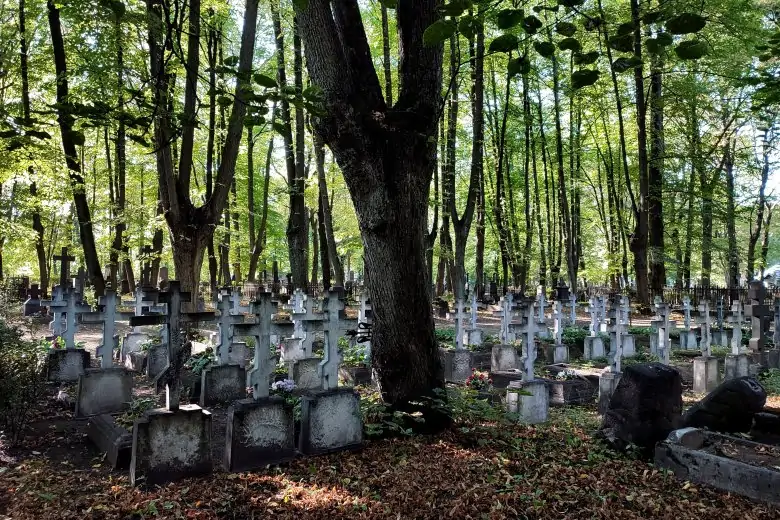
Pokrov Cemetery
Pokrov cemetery was established in 1773. The massive, moss-covered trees and hundred-year-old tombs create an atmosphere that is as mysterious as it is comforting. The famous clairvoyant Eižens Finks, known as the Latvian Nostradamus, is buried here, as well as the chapel of the Vērmaņu family, the patrons of the Vērmanes garden, can be found in the Pokrov cemetery.
- Address:
- Mēness iela 3
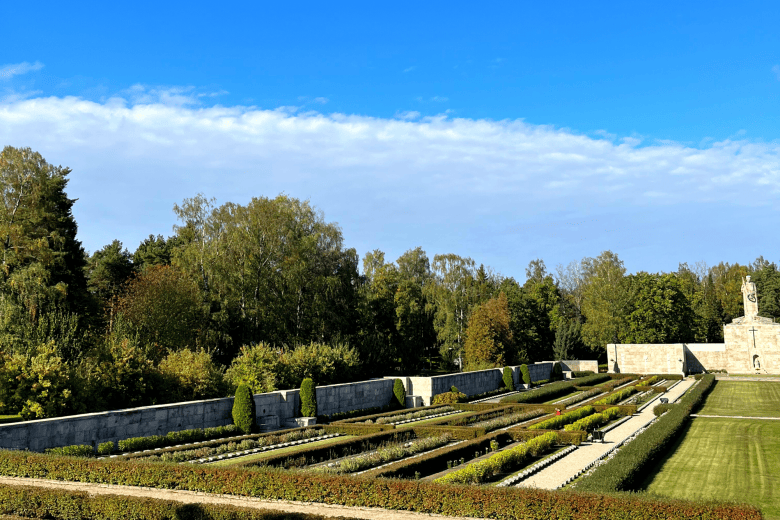
Riga Brethren Cemetery
As one of the most significant military cemeteries in the world and the most outstanding and significant memorial ensemble in Latvia, the Riga Brethren Cemetery must be on the list of must-see destinations for those, who like military heritage tourism. It is dedicated to the soldiers who lost their lives in World War One and in the battles for the liberation of Latvia. The respected Latvian sculptor Kārlis Zāle, who is the author of the Freedom Monument and Riga Brethren Cemetery, is also buried here.
- Address:
- Aizsaules iela 1B
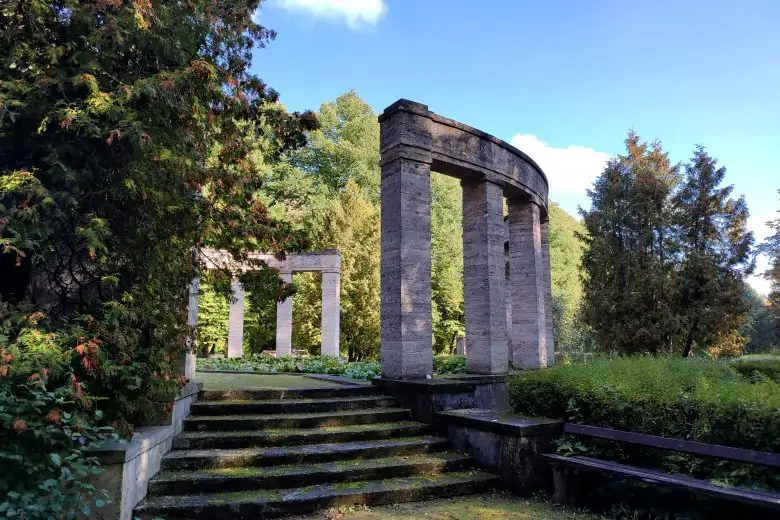
Raiņa cemetery
Raiņa cemetery is also popularly known as Godless cemetery and Pagan cemetery. Why, you ask? The answer is quite simple - in 1925, various persons who did not belong to any congregation began to be buried here. Raiņa cemetery is one of the most legendary in Riga, considering the kind of people buried here. Here, of course, the prominent Latvian writer Rainis is taking the main role. Here you will find not only cultural workers of Latvia, prominent and popular Latvians, the best Latvian female sniper from World War II, but also military personnel and communists of the Soviet era with pompous tombstones. Also, monuments to smugglers, racketeers, Romani barons, and alcohol merchants of the 1990s can be found in Raiņa cemetery.
- Address:
- Aizsaules iela 1A
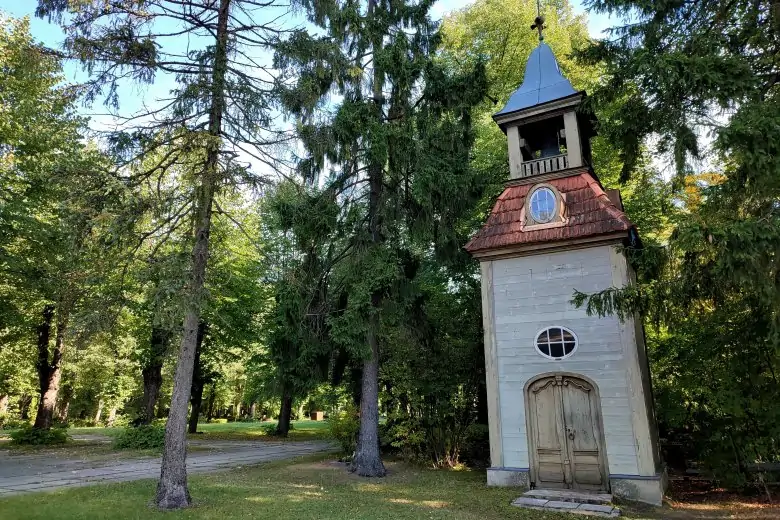
Forest Cemetery
If you think of going for a walk through the Riga Forest Cemetery, then it would definitely be like going through the twists and turns of Latvian history. These are one of the most culturally and historically valuable cemeteries in Latvia, and countless artistically valuable grave monuments and memorials are located here. Many prominent and well-known Latvians are buried in the forest cemetery, such as the artist Aleksandra Belcova, rescuer of Jews in Riga in World War II from the Holocaust in Latvia Žanis Lipke, one of the most important artists in the history of Latvian art - Vilhelms Purvītis, as well as three presidents of Latvia - Jānis Čakste, Gustavs Zemgals and Alberts Kviesis.
- Address:
- Aizsaules iela 2
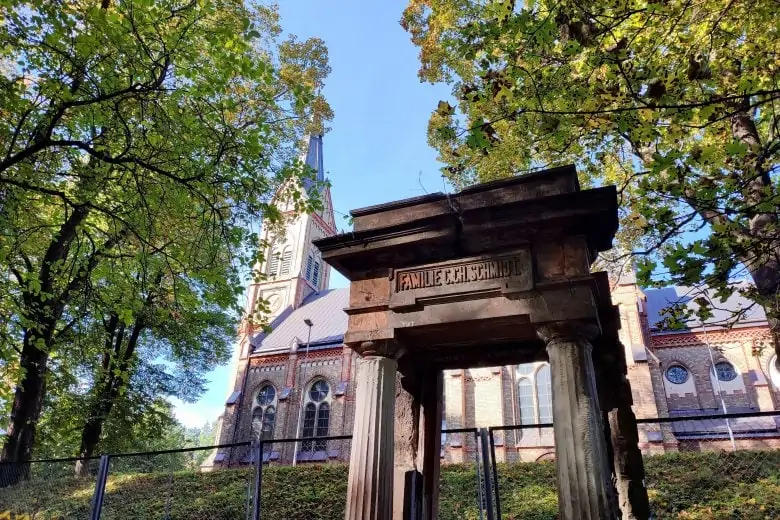
Torņakalns cemetery
If you have the desire to go a little outside the city center and get to know Pārdaugava better, it is worth including Torņakalns cemetery in your plans as one of the stops on the walking route. This is considered one of the oldest cemeteries in Riga - indications have been found that this cemetery was founded around the middle of the 14th century, but officially consecrated in 1777. Monuments of sculpture and decorative art can be viewed in the Torņakalns cemetery, as well as guaranteed gorgeous walks through thickets of trees and bushes.
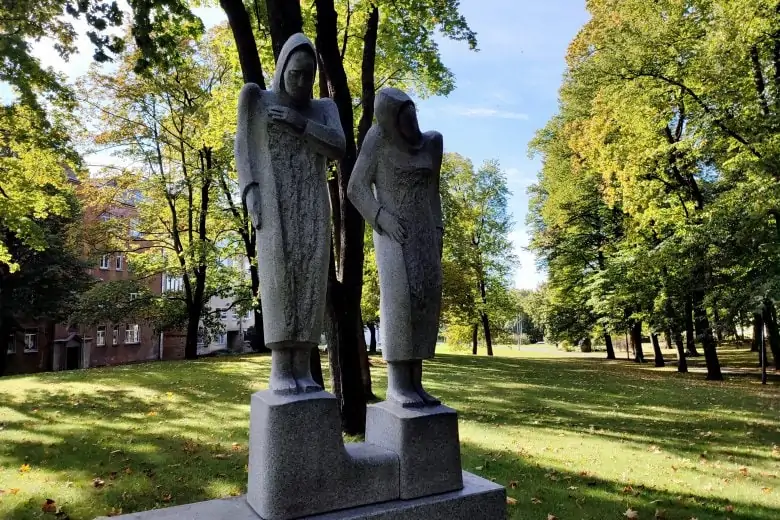
The Old Jewish cemetery
For those who want to know more about the history of the Jews in Latvia, this Riga cemetery is an almost obligatory destination for sightseeing and walking. There are still remaining the spectacular entrance gates, pieces of the masonry wall constructed in the middle of the 18th century, a garage for hearses built in 1904 and a chapel built at the end of the 19th century. This cemetery has historical artefacts as well as a calming ambience with the light shining through the treetops and benches for resting.
- Address:
- Līksnas iela 1

